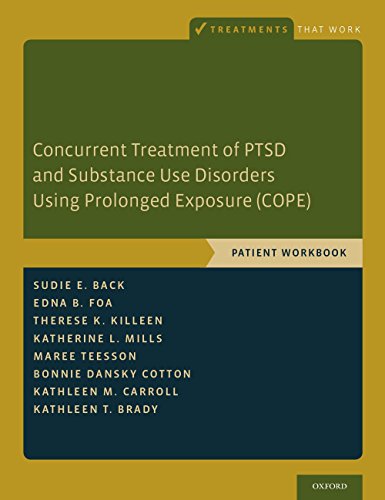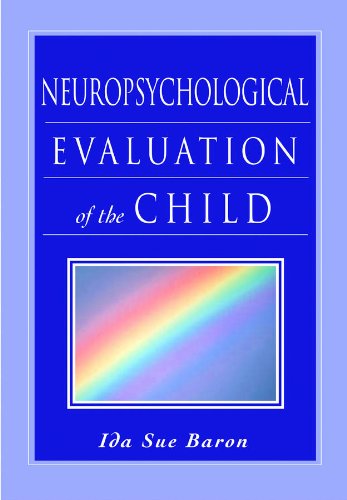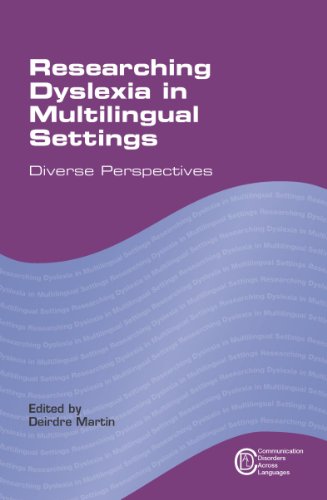
By Sudie E. Back,Edna B. Foa,Therese K. Killeen,Katherine L. Mills,Maree Teesson,Bonnie Dansky Cotton,Kathleen M. Carroll,Kathleen T. Brady
COPE is an built-in therapy, that means that either the PTSD and substance use ailment are addressed at the same time in treatment by way of a similar clinician, and sufferers can adventure giant discounts in either PTSD signs and substance use severity. sufferers use the COPE sufferer Workbook while their clinician makes use of the Therapist consultant to convey therapy. this system is created from 12 person, 60 to ninety minute remedy classes. this system contains a number of elements: information regarding how PTSD indicators and substance use have interaction with each other; information regarding the most typical reactions to trauma; suggestions to assist the sufferer deal with cravings and options approximately utilizing alcohol or medicinal drugs; coping talents to aid the sufferer hinder relapse to components; a respiring retraining leisure workout; and in vivo (real existence) and imaginal exposures to focus on the patient's PTSD symptoms.
Read or Download Concurrent Treatment of PTSD and Substance Use Disorders Using Prolonged Exposure (COPE): Patient Workbook (Treatments That Work) PDF
Best neuropsychology books
Download e-book for kindle: Neuropsychological Evaluation of the Child by Ida Sue Baron
This crucial table reference will meet the call for for a vast and handy number of normative facts in baby neuropsychology. In a in actual fact written, well-organized demeanour, it compiles released and formerly unpublished normative facts for the neuropsychological checks which are most typically used with teenagers.
The Infant Mind: Origins of the Social Brain by Maria Legerstee,David W. Haley,Marc H. Bornstein PDF
Integrating state-of-the-art study from a number of disciplines, this e-book offers a dynamic and holistic photo of the constructing toddler brain. participants discover the transactions between genes, the mind, and the surroundings within the earliest years of lifestyles. the amount probes the neural correlates of center sensory, perceptual, cognitive, emotional, and social capacities.
Neuropsychology: From Theory to Practice by David Andrewes PDF
The second one variation of this complete textbook for college kids of Neuropsychology offers a radical evaluate of the advanced courting among mind and behavior. With an outstanding mixture of scientific, experimental and theoretical assurance, it attracts at the newest study findings from neuroscience, cognitive neuroscience, neurochemistry, scientific neuropsychology and neuropsychology to supply scholars with new insights during this fast paced box.
Get Researching Dyslexia in Multilingual Settings: Diverse PDF
This quantity attracts jointly present learn on dyslexia and literacy in multilingual settings throughout disciplines and methodologies. The members, all the world over acknowledged within the box, tackle developmental and bought literacy problems and dyslexia in a variety of language contexts together with EAL/EFL.
Additional resources for Concurrent Treatment of PTSD and Substance Use Disorders Using Prolonged Exposure (COPE): Patient Workbook (Treatments That Work)
Example text
Concurrent Treatment of PTSD and Substance Use Disorders Using Prolonged Exposure (COPE): Patient Workbook (Treatments That Work) by Sudie E. Back,Edna B. Foa,Therese K. Killeen,Katherine L. Mills,Maree Teesson,Bonnie Dansky Cotton,Kathleen M. Carroll,Kathleen T. Brady
by Charles
4.0
- Download e-book for iPad: The Weather and Women Treat Me Fair by Percival Everett
- Download PDF by LeerJoven: Cuando llego me voy: Los primeros diez relatos (LeerJoven)
Categories: Neuropsychology



